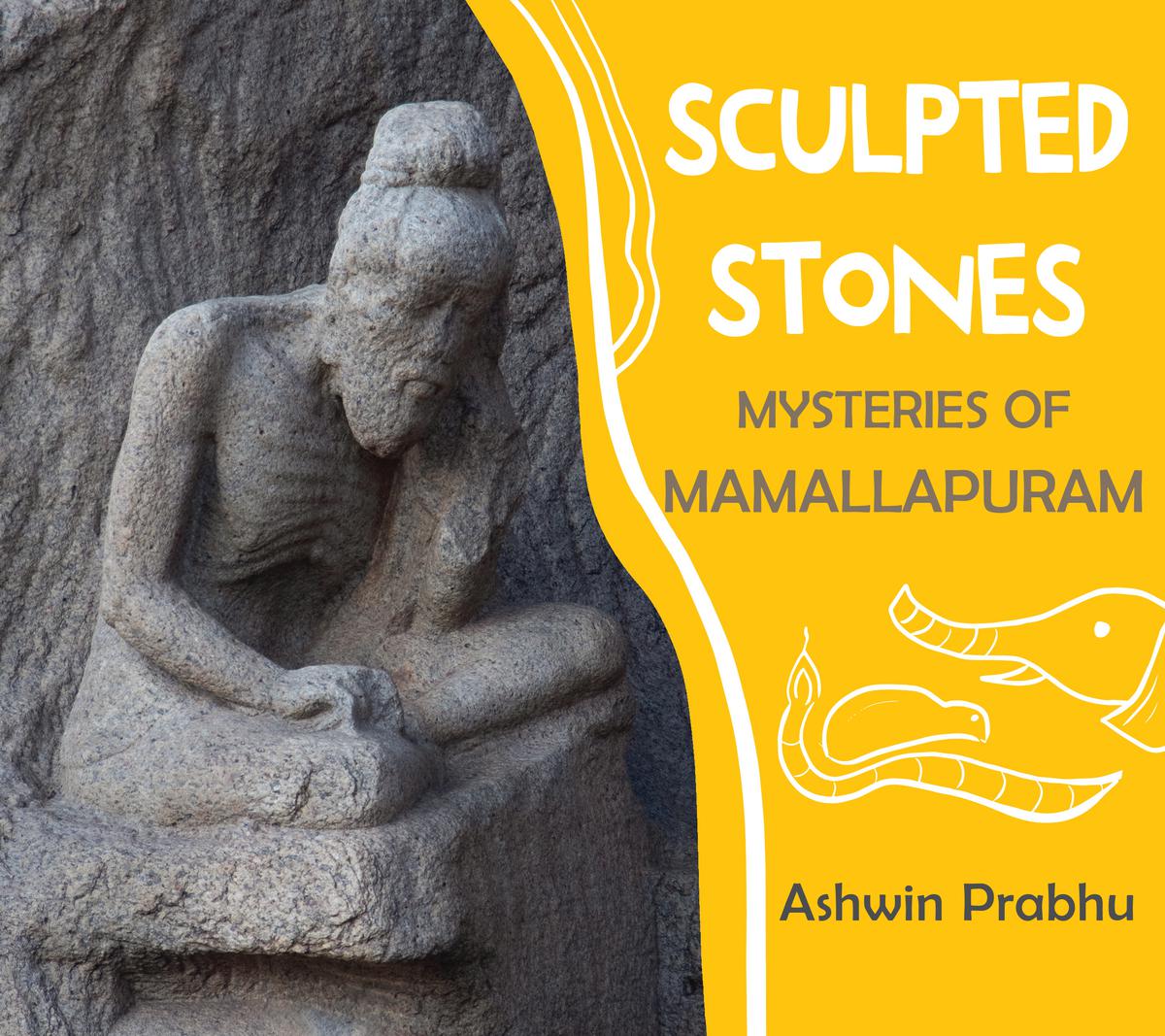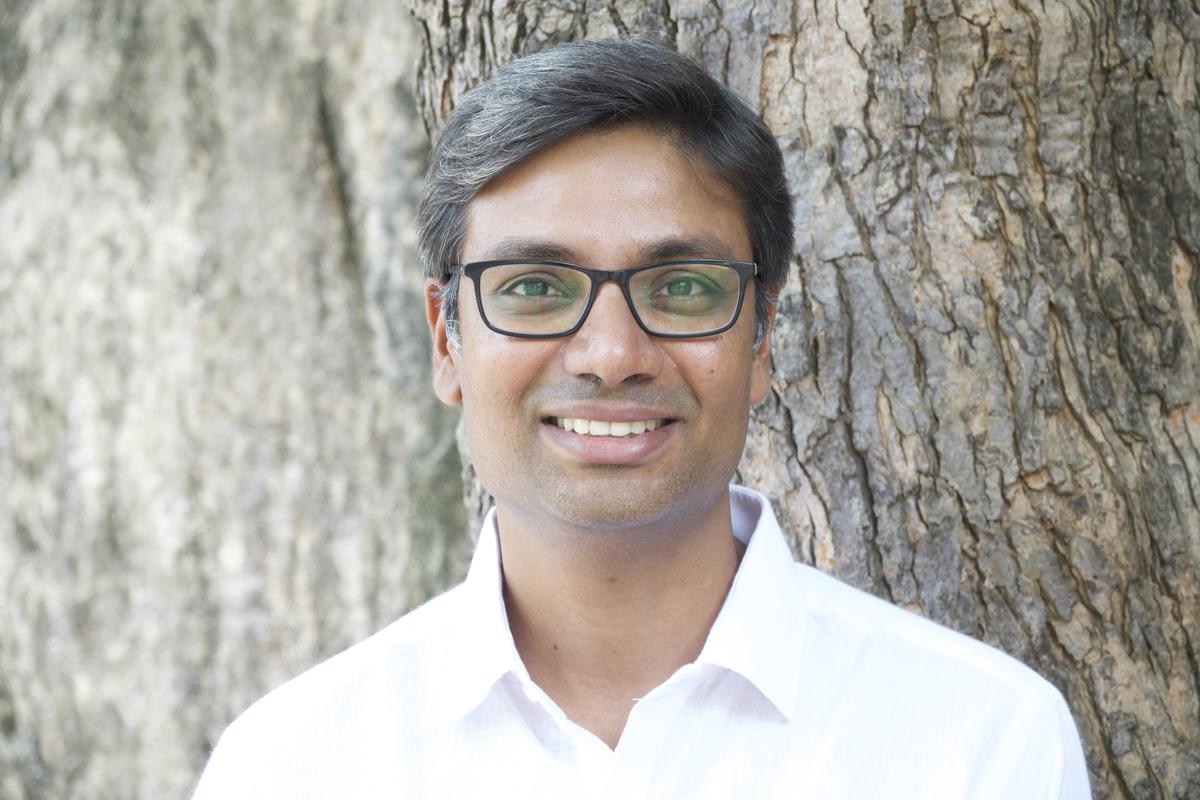The Shore Temple in Mamallapuram
| Photo Credit: B VELANKANNI RAJ
On a crescent-shaped beach where waves build along the coastline stands the ancient Shore Temple, some 60 kilometres South of Chennai. The lone survivor from a row of temples that once dotted the sands of Mamallapuram, it is one of the oldest structural monuments in peninsular India. Along with the other marvels of the port town built, carved and chiselled from granite in the 7th and 8th centuries, the Shore Temple has gazed out into history for centuries. Named for the Pallava king Narasimhavarman I, also known as Mamalla or the great wrestler, the town known fondly as Mahabs, and its host of UNESCO world heritage sites, have found mention in ancient literature such as Periplus of the Erythraean Sea and been written of extensively since. Now, a new book Sculpted Stones: Mysteries of Mamallapuram (published by Tulika Books) by Ashwin Prabhu, introduces children to ancient sculptural art through interactive engagement.

Sculpted Stones – Mysteries of Mamallapuram published by Tulika Books
| Photo Credit:
Special arrangement
“How do you get children to engage in something that is more than a thousand years old?” asks Ashwin, who writes, teaches and volunteers on everything history. His first book Classroom With A View: Notes from the Krishnamurti Schools came after navigating his way through jobs in the corporate sector and academia. “History is not popular with many kids because of the undue stress on dates and periods. Instead, the book aims to explore Mamallapuram through observation of its structures and raise questions to engage with its material heritage. The same can be applied to the Qutb Minar, San Thome church… The book has visual close-ups and photographs by Nithya V and is part of a series that covers places of heritage around the country, like Delhi’s stepwells and the stupa of Sanchi. We started with Mahabs because it’s close and yet we know little even though it’s such a momentous heritage site,” he adds.
The 65-page book delves into Mamallapuram’s architecture with a factfile that seeks to make the child imagine life in its heyday and question how or why Arjuna’s Penance, the rock caves, and the relief sculptures came about. It highlights the difference among cave, monolithic and structural temples; answers who gifted sculptors like Mandhatar who had the town ringing to the sounds of their chiselling were; what the purpose of the great halls were; and how the Saivite saint Appar pieced together Arjuna and Bhagiratha’s penance in one of his hymns. The book also draws the attention of the reader to relatively unknown facts such as the deer that features in an old ₹10 note and that the painting of the sculptural rock face by English painter Thomas Daniell in 1792 is probably the first accurate visual of a Mamallapuram site.

Ashwin Prabhu
| Photo Credit:
Special arrangement
All this and more will be discussed at a talk organised by the Tamil Heritage Trust (THT), a non-profit history interest group founded in 2010 to raise awareness on Indian heritage. THT discusses history in a way the lay person can relate to, with monthly talks, workshops that guide the audience on how to see a temple or a museum and annual site seminars across India, covering periods from pre-history to the contemporary.
At the event, Ashwin will connect the dots between viewing and understanding the stories of yesterday with Gopu Rangarathnam, a heritage enthusiast and long-time volunteer at THT.
At Nahar Hall, Deshabandhu Plaza, 47, Whites Road, Royapettah on February 17, 5.30pm. Entry is free and open to all.






